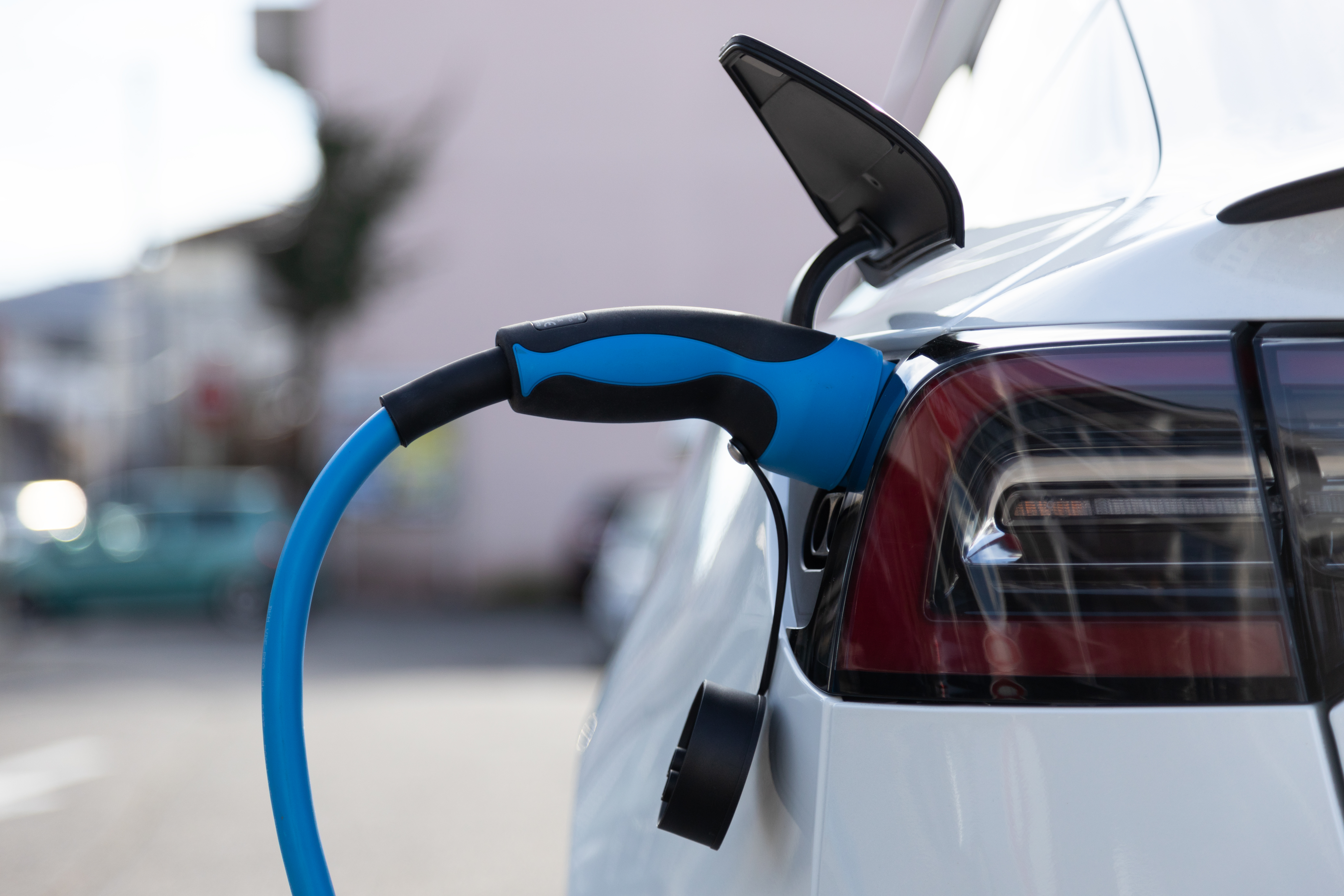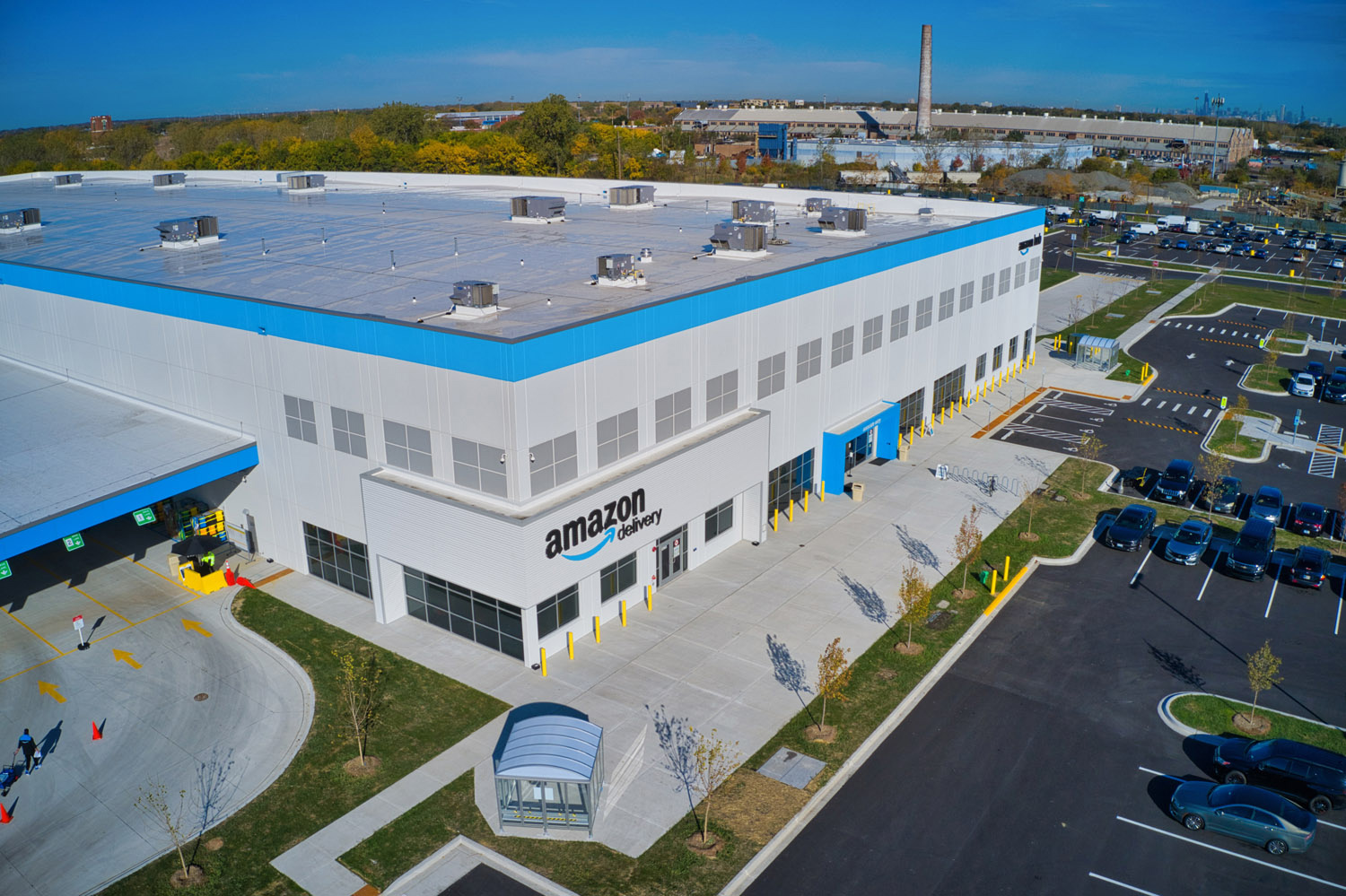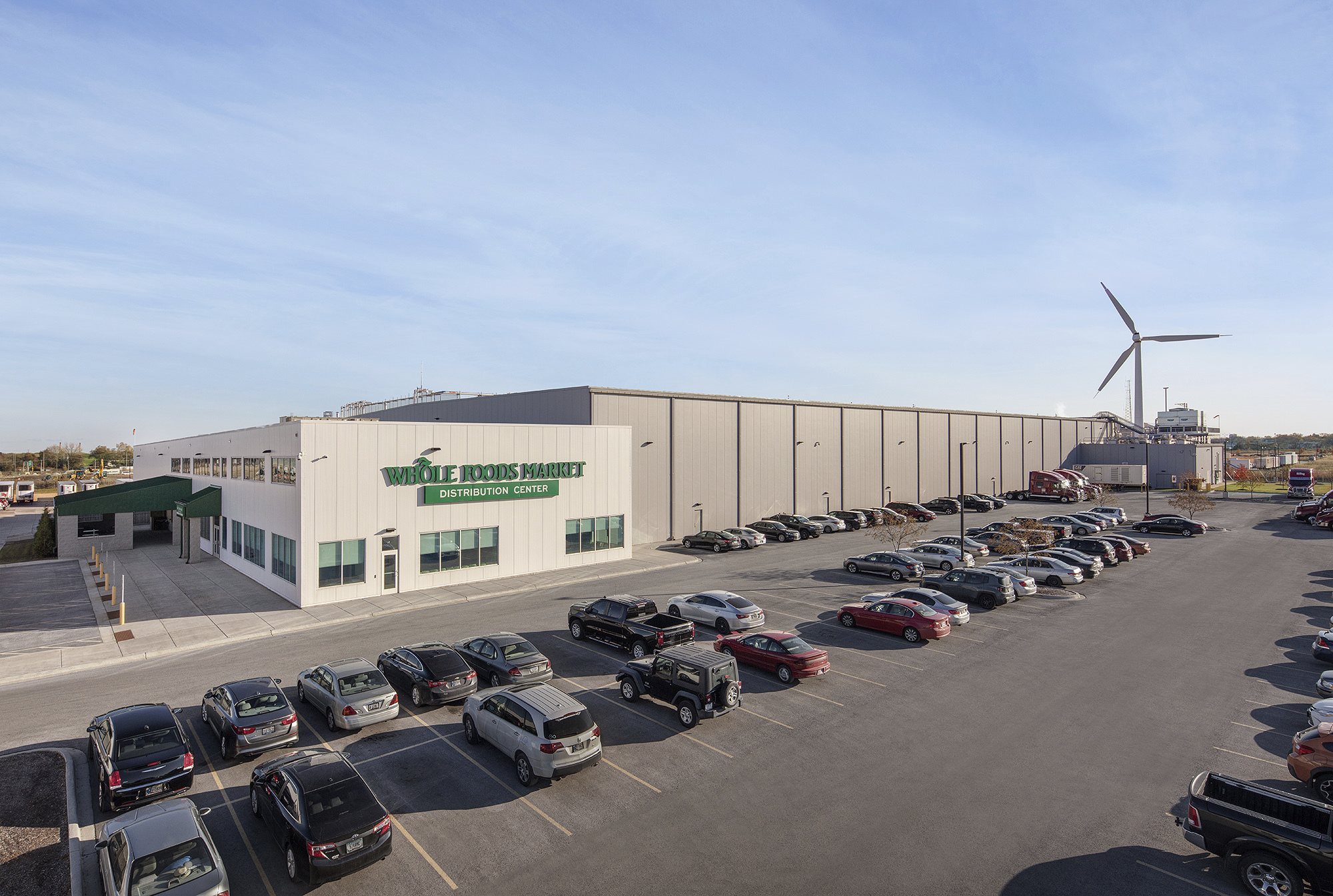EV Growth Could Be Much Higher Than Predicted in 2023

"A new J.D. Power study has revealed that the EV market could be growing much faster than previously thought."
"If its researchers are right, then, as supply chain issues continue to resolve and battery-powered cars arrive in more areas, next year could see EV market share increase far beyond 12%." As the EV market grows, so does the need for EV charging stations.
One consideration to think about when thinking about EV chargers are what charging power and plug types will you install. There are basically 3 levels of charging.
Level 1- uses a standard 120 volt home outlet - the types of outlets that you use to plug in a lamp or toaster. This is the slowest and least expensive level of charging and can take 22 - 40 hours to charge an EV battery from empty. This level is not really suitable for most users.
Level 2 - uses 208 - 240 volt outlet similar to one you might use for a clothes dryer. A level 2 charger is 19 times faster than a level 1 charger. This level of charging can provide a range of 10 to 75 miles in one hour of charging. Level 2 is the most common charger seen in public places.
Level 3 - uses 480+ volts that are dedicated to car charging and are direct current or DC for fast charging. DC Chargers can charge a vehicle in as little as 15 minutes to 1.5 hours depending on the vehicles ability to accept a charge. These chargers are commonly referred to as Super Chargers.
DC charging is the fastest charging available but also the most expensive in terms of electrical service upgrades, installation, and for equipment. For most installations, a Level 2 charger is usually sufficient for multi-unit housing, garages, parking lots, and commercial centers that do not require DC charging.
Some other considerations to consider include:
- If it is an existing location, will the current electrical system support EV charging and if so, how many? Are your electrical panels EV charging ready?
- If new construction, how many stations should you plan for? Consider at least placing the infrastructure to be EV charging ready as the cost is much lower when you do not have to saw cut concrete.
- EV-installed: A dedicated "EV-only" parking space that includes full installation of EV charging station(s)
- EV-capable: A parking space with the electrical capacity to support future EV infrastructure
- EV-ready: A designated parking space with a branch circuit dedicated for EV charging with sufficient capacity for each charging spot
- What percentage of residents or workers have electric vehicles now? What percentage will own them a few or 5 years from now?
- Are there any current of future government mandates for EV charging where you plan to build?
- What are the local building codes for EV chargers?
These are just a few considerations when planning for EV charging stations to consider. The EV revolution is happening now and worth planning when designing and building. Phase 1 is prepared to answer all these questions and more.


